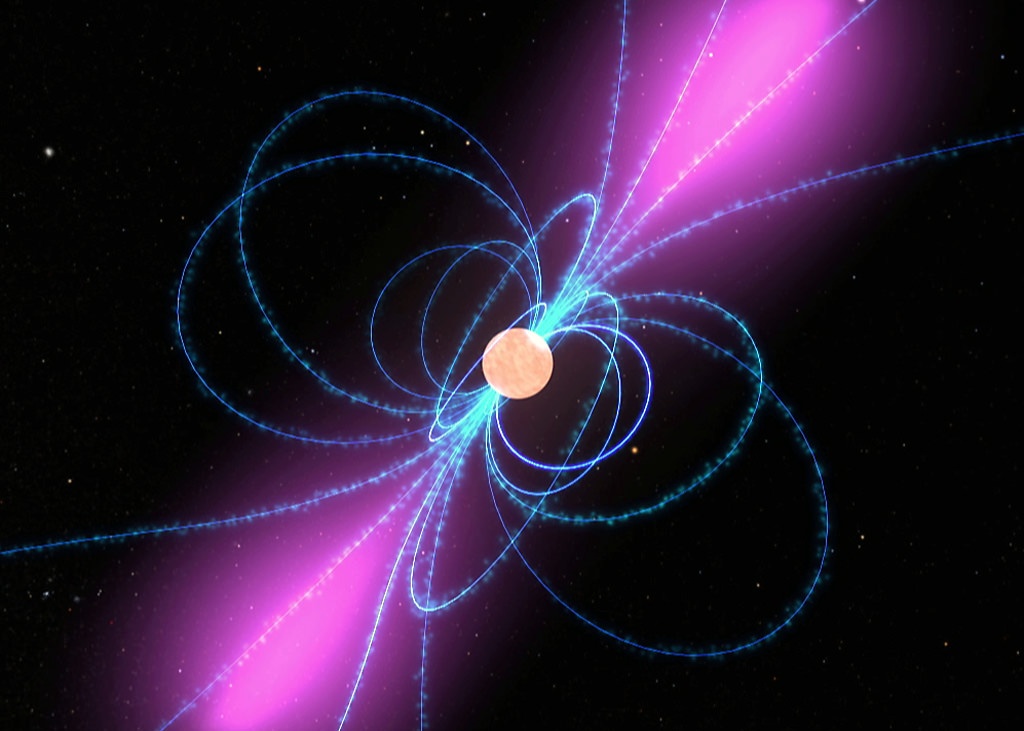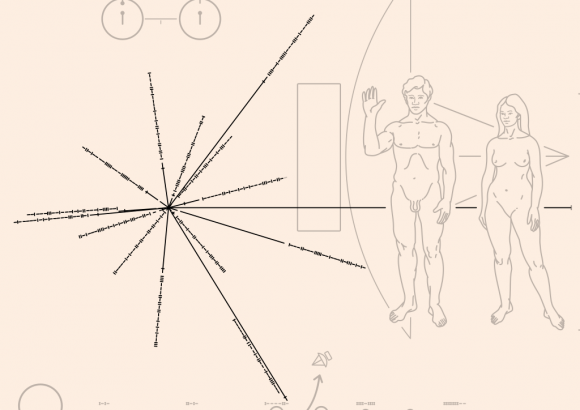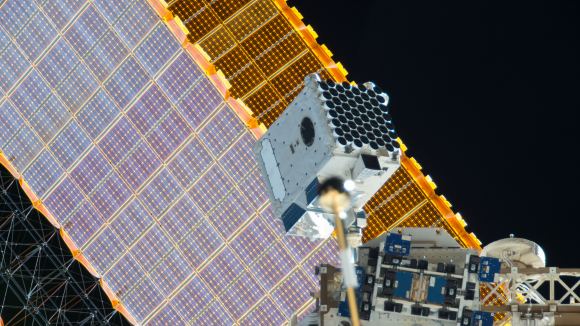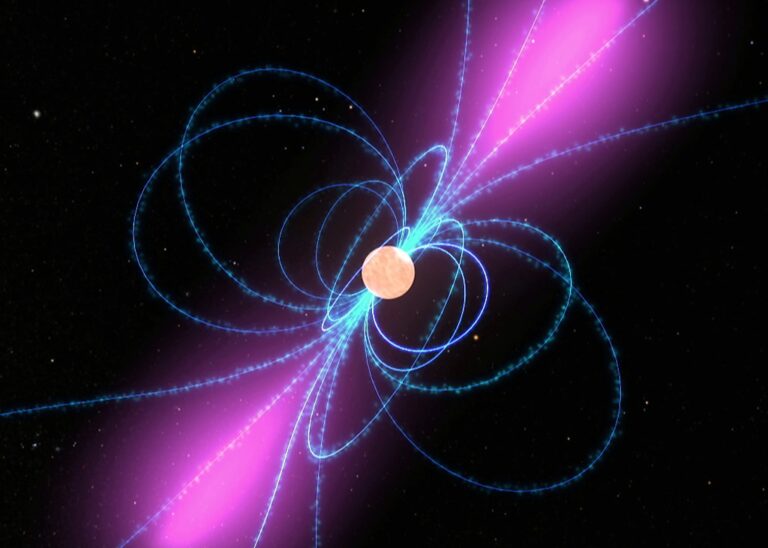Soon, every spacecraft will be able to navigate the solar system independently using pulsars.
If you want to know where you are in space, you’d better bring along a map. But it’s a little more complicated than riding shotgun on a family road trip.

Spacecraft navigation beyond Earth orbit is usually carried out by mission control. A series of radio communication arrays across the planet, known as the Deep Space Network, allows operators to check in with space probes and update their navigational status. The system works, but it could be better. What if a spacecraft could autonomously determine its position, without needing to phone home? That’s been a dream of aerospace engineers for a long time, and it’s getting close to fruition.
Pulsars are the key.
Pulsars are rotating neutron stars – the ultra-dense cores of exploded supergiant stars – which emit jets of electromagnetic radiation from their poles. They act like interstellar lighthouses that repeatedly wash radio signals over Earth in a dependable rhythm. The first pulsar was discovered by Jocelyn Bell in 1967 and was nicknamed LGM-1 (Little Green Men 1), because until a second one was discovered, extraterrestrial intelligence couldn’t be ruled out as the pulsar’s cause. Now, we know of thousands, and are confident they are natural phenomena.
Because pulsar beams are so predictable, they can be used for a sort of triangulation, in which a spacecraft receiving overlapping pulsar signals ought to be able to work out its position in space to within about 5-10 kilometers.
The theoretical foundation of this method is solid. So much so that the golden records (time capsules of Earth and human culture) which were attached to the side of the Voyager and Pioneer spacecraft in the 1970s graphically indicated the position of our sun relative to 14 pulsars, just in case any LGMs stumble across the spacecraft and want to visit us here on Earth. We’ve given them directions.

But if pulsars are such an effective form of navigation, why aren’t they already in use? After all, studies into the subject have been ongoing since the 1970s, when the Jet Propulsion Lab first began looking into the prospect.
With all space missions, one of the primary considerations is weight. It’s expensive to launch things into space, so every kilogram on every vehicle has to count. Any workable pulsar navigation system would have to be very small, and very lightweight, otherwise important scientific instruments or fuel for propulsion might have to be downsized to make up for it. This is a significant barrier to designing a viable pulsar navigation system. Pulsars are usually incredibly faint point sources, making them difficult to detect without powerful (heavy) equipment, especially in radio frequencies.
Luckily, there is a solution that might make it feasible, and that is to use an x-ray telescope instead. These can be smaller and more lightweight, and can still pick up pulsar signals just as well as a radio antenna.

In recent years, astronomers have been working on improving the methods by which a spacecraft processes pulsar signals, increasing the system’s efficiency and narrowing the error margins. Hardware has even been tested on the International Space Station, where the washing-machine-sized NICER/SEXTANT experiment has been successfully tracking the station’s location using pulsars since 2018. Now, teams are working on developing hardware that’s even more compact for deep space missions. A preprint released on ArXiv last month describes a prototype navigation unit called PODIUM, which will weigh just 6kg, use 20W of power, and fit in a box 15 cm by 24 cm by 60 cm. The initial results are promising. PODIUM should be able to determine a spacecraft’s position within about 10km, using X-ray signals from a catalog of pulsars.
Soon, these prototypes might become the real thing, guiding the next generation of space probes to their destinations. They are likely to guide human-rated spacecraft too, with NASA’s upcoming Lunar Gateway space station expected to be outfitted with a pulsar navigation system. We are on the cusp of autonomous deep-space navigation: like GPS, but for the galaxy. Now, if only we had warp drives…
Source:UniverseToday
Do not forget to share your opinion with us to provide you with the best posts !




0 Comments